Kishu Tangerines Information and Facts
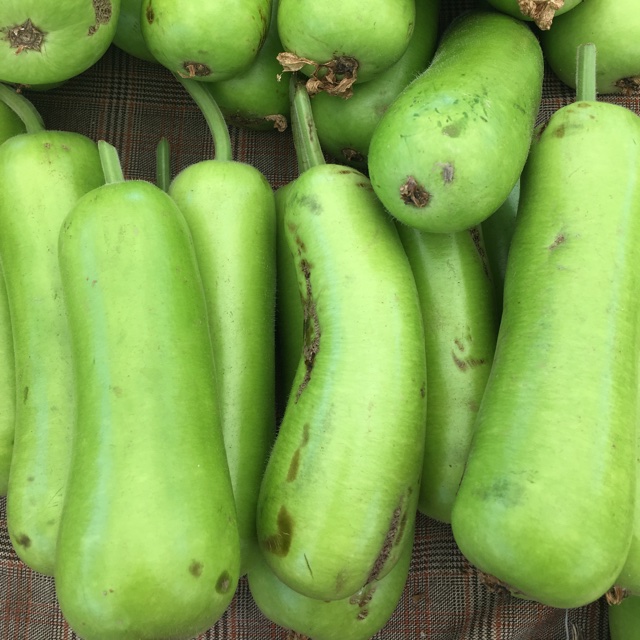
Kishu Tangerines Information and Facts
Yield: 4 cups. * 4 cups kishu mandarins, washed. * 1 cup water. * 2 cups sugar. * 1 cinnamon stick (or split vanilla bean star anise, or cloves) Directions: Slice Kishus horizontally, keeping the skin on but discarding the ends. Heat water, sugar, and cinnamon stick in a saucepan until it reaches a boil. Simmer for 4 minutes and then add kishu.

Yo, LA. The kishu tangerine is here! Go find this lady at… Flickr
History of the Kishu Mandarin. Native to Southern China, experts think that Kishu Mandarins have been planted and grown for their fruits since the 700s, and that they evolved from an ancient mandarin ancestor that also originated in China. They were an elite delicacy eaten by the emperor and his nobility, and was introduced to Japan in the 1200s.
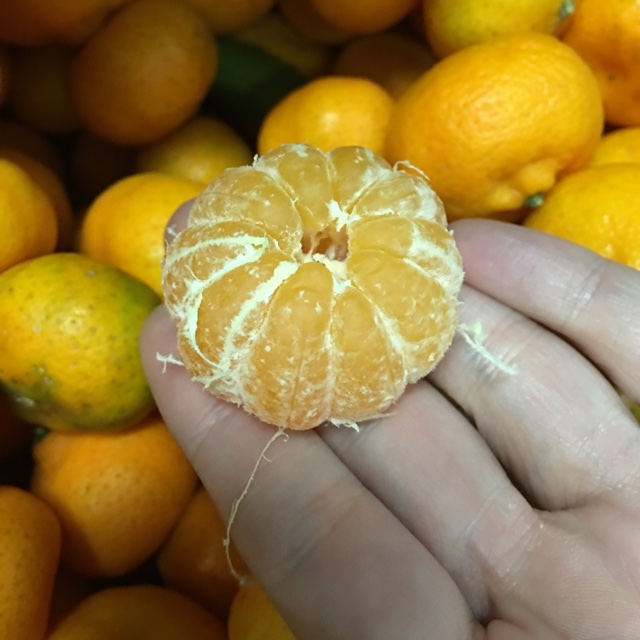
Kishu Tangerines Information and Facts
The Seedless Kishu derives from an ancient group of small-fruited mandarin varieties that originated in China. A related seeded variety called Ruju was offered as tribute in 1060 under the Tang Dynasty, and in the Song Dynasty it was considered the best mandarin variety. Today the Nanfengmiju, derived from Ruju, is one of the most widely grown.

Kishu Mandarin Fruit Maven
To grow Kishu Mandarins, you need a sunny location and well-draining soil. They need, on average, at least 8 hours of direct sunlight per day. They can be grown in the ground or in large pots with strategic pruning. They are sensitive to frost, so in cooler climates, they should be grown in pots and then brought indoors during the winter months.

Sizing Up the Seedless Kishu Mandarin
David Karp calls them the mighty mandarin "the most delicious of mandarins". They're small, seedless, easy to peel and sweet. We call them citrus candy and you can't just eat one. Because they're so addicting, delicious and often hard to find, we decided to grow a tree a few years back. Since we're a little nutty and crazy in the.
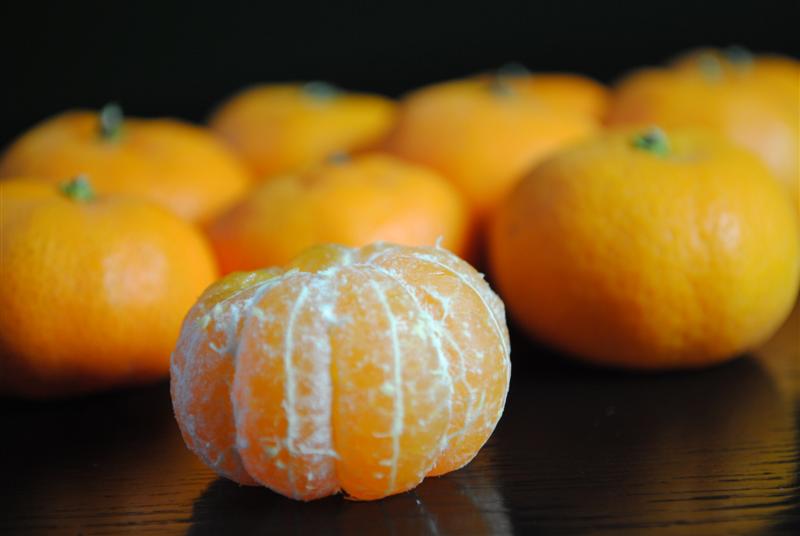
Kishu Mandarin Fruit Maven
The kishu mikan ( Citrus kinokuni ex Tanaka) is a hybrid variety of mikan, or mandarin orange ( Citrus reticulata ), found in Southern China and also grown in Japan. [1] It is more closely related to the mandarin orange than the common sweet orange . The fruit is also known as Baby Mandarin, Tiny Tangerine, Mini Mandarin and Kishu Mandarin.
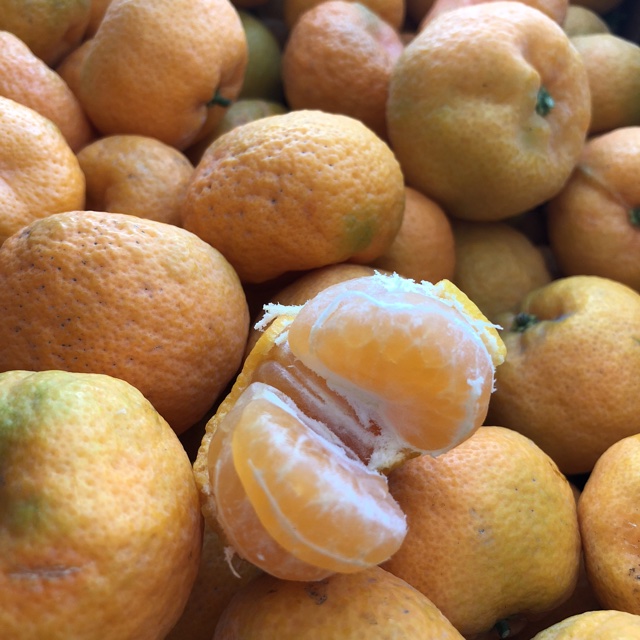
Kishu Tangerines Information and Facts
The Kishu belongs to a family of small mandarins that have their origins in China. The Kishu are in season in the U.S. from December through February. Look for them at farmer's market in California or in specialty grocery stores like Whole Foods Market or the Fresh Market. There is an excellent article in the LA Times if you want to learn more.
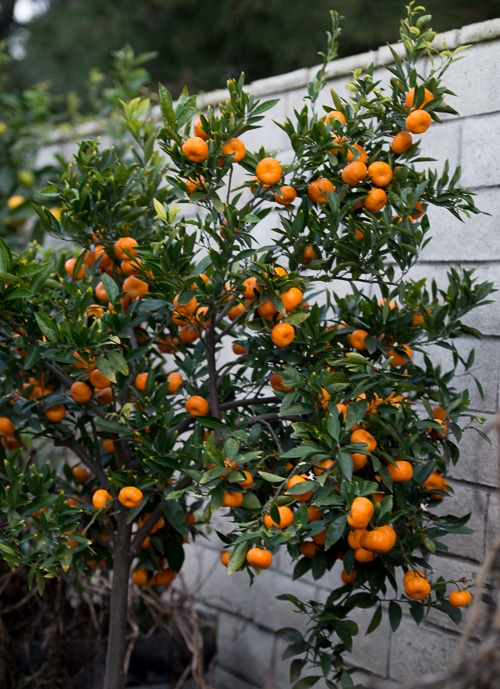
Sharing the Kishu Mandarins White On Rice Couple
Description of Kishu Mandarins. Kishu mandarins are small citrus fruits that have a deep orange-yellow skin that is easy to peel. They have a sweet and tart flavor, with notes of honey and muscat, which makes them the perfect addition to many dishes. Kishu mandarins also contain large amounts of vitamin C, dietary fiber, calcium, potassium and.
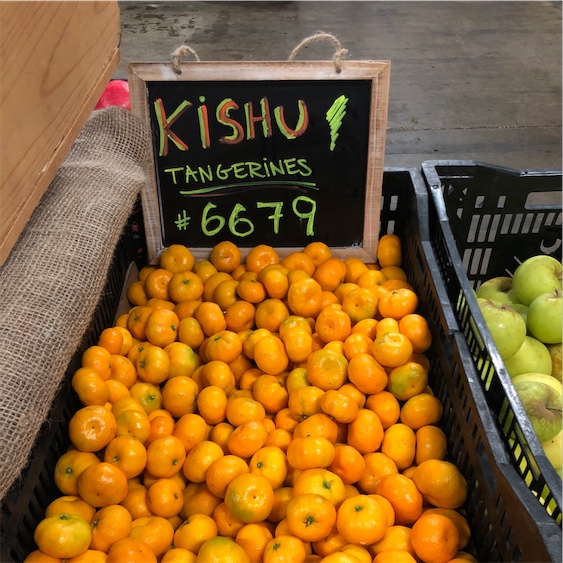
Kishu Tangerines Information and Facts
The Kishu mandarin tree grows mandarin fruit that is very small with a thin peel. Kishu mandarins are prized for their exceptionally sweet and juicy flavor. They are known for being one of the sweetest citrus fruits, with a delightful balance of sweetness and acidity. The fruit has a thin, easy-to-peel skin and is typically seedless, making it.
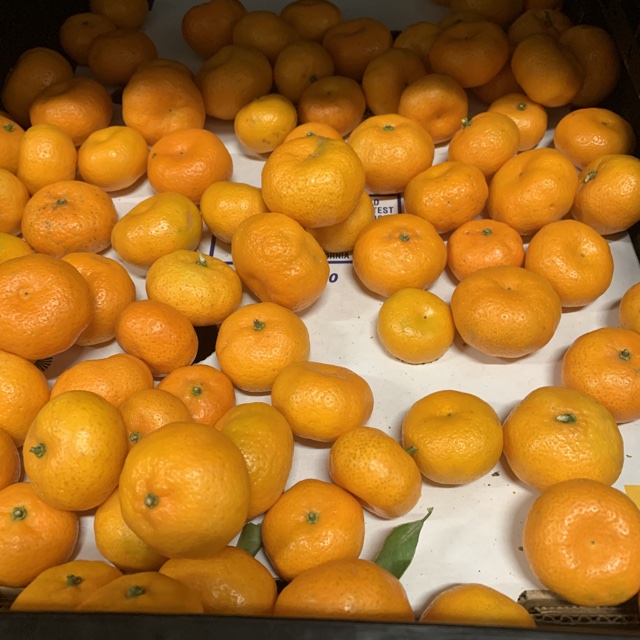
Kishu Tangerines Information and Facts
Full Sun. 10'-15' MATURE TREE. SELF FERTILE. Winter/ Spring. Hardy to 32 ºF. Kishu Semi-Dwarf Mandarin Tree for sale. Read about how to grow a Kishu Mandarin tree at home. This cute little mandarin is a very sweet, seedless, easy-to-peel fruit that ripens earlier than Owari Satsuma. This early ripening mandarin is popular in Japan.

Seedless Kishu Mandarins 9 lb box web store
Kishu Mandarin Tree (Seedless) Bring your Kishu Mandarin inside for winter, just place near a sunny window. Kishu are a great "lunchbox" fruit, small and sweet. Kishu are palm sized and seedless. Your citrus tree will produce small white blossoms with an intoxicating perfume. Choose to add on the perfect jelly to go with your tree.

Kishu Mandarin Tree For Sale
Plenty of garden nurseries sell the petite kishu orange trees, which only need a small amount of space to grow and thrive. The trees generally ship at heights ranging from 18 to 36 inches but can.

Jules on Instagram “Wild Yellowtail Crudo w/ Kishu Tangerine
Choosing a mandarin tree to plant can be overwhelming because of the abundance of varieties available to us in California. One way to narrow the possibilities is to consider seasonality. Among the types of mandarins that ripen earliest, I grow two that I like and that are widely available for purchase at nurseries: Satsuma and Kishu.

Kishu Mandarin Fruit Maven
Kishu Mini Mandarins Fruit Ripens - October to February Standard Tree Maturity Size - 10'x 7′ Semi-Dwarf Tree Maturity Size - 8'x 6′ The Kishu Mini Mandarin is a small golf ball sized orange seedless fruit. It is easy to peel, tender and juicy. It originated in ancient China before they were brought centuries ago […]
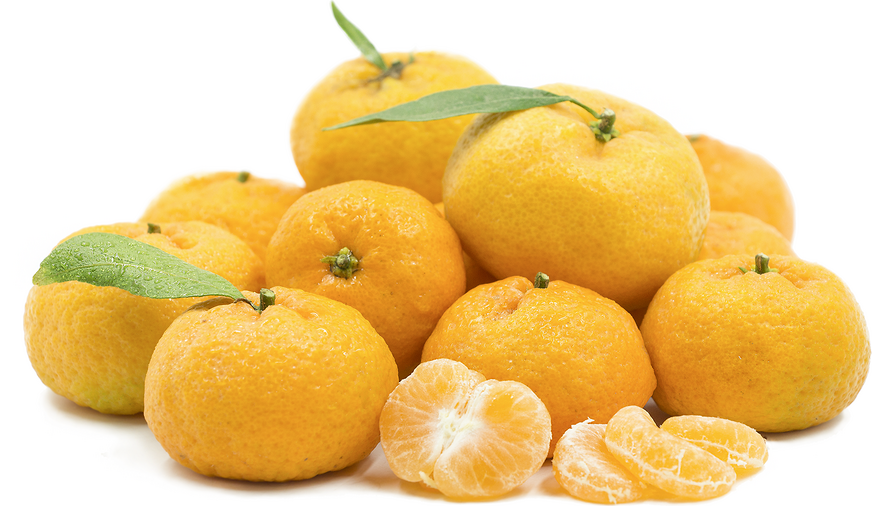
Kishu Tangerines Information and Facts
Kishu Mandarin Trees require very little effort and upkeep. With just a little bit of watering and fertilizing, you'll be growing a healthy and productive citrus tree. Don't worry if you live in a cold climate - simply plant your tree in a container and bring it indoors before the first freeze. You'll get healthy, delicious fruit.
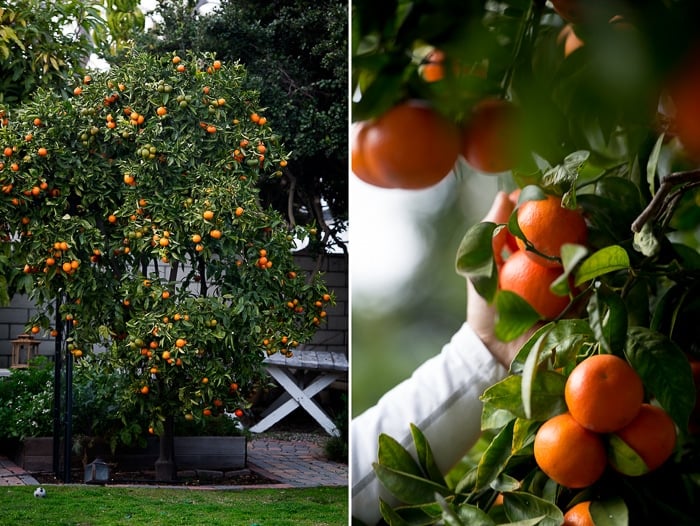
Sharing the Kishu Mandarins White On Rice Couple
Sometimes, good things really do come in small packages. The kishu mandarin, Citrus kinokuni mukakukishu, is a smaller tree with petite fruit — but those fruits are worth waiting for!With a classic citrus taste, they are sweet and juicy, and they are perfectly sized to fit in a lunch box or tuck away in a purse for an afternoon snack.